Axon Terminal
The axon terminal, also known as the terminal button or presynaptic terminal, is an essential part of a neuron that transmits signals to other neurons or effector cells. It is located at the end of the axon, which is the long, slender projection of a nerve cell.
Structure of Axon Terminal
The axon terminal contains several key components, including:
- Synaptic Vesicles: Small, bubble-like structures that store neurotransmitters, the chemical messengers of the nervous system.
- Neurotransmitters: Chemical substances that are released from the synaptic vesicles and play a crucial role in transmitting signals between neurons.
- Synaptic Cleft: The small gap between the axon terminal of one neuron and the dendrite of another neuron, where neurotransmitters are released and received.
- Membrane Proteins: These proteins are involved in the release and reception of neurotransmitters, as well as in the regulation of synaptic activity.
Function of Axon Terminal
The primary function of the axon terminal is to transmit signals from one neuron to another or to an effector cell, such as a muscle or gland. When an action potential (electrical signal) reaches the axon terminal, it triggers the release of neurotransmitters into the synaptic cleft. These neurotransmitters then bind to receptors on the membrane of the receiving neuron or effector cell, thereby transmitting the signal and influencing the activity of the recipient.
Study Guide
Here are some key points to remember about the axon terminal:
- The axon terminal is located at the end of the axon and is responsible for transmitting signals to other neurons or effector cells.
- It contains synaptic vesicles, neurotransmitters, membrane proteins, and a synaptic cleft.
- Neurotransmitters are released from the axon terminal and play a crucial role in signal transmission.
- Understanding the structure and function of the axon terminal is important for comprehending how neurons communicate with each other and how the nervous system operates.
Remember to review the function of each component of the axon terminal and how they work together to transmit signals within the nervous system.
.◂Science Worksheets and Study Guides Fifth Grade. The 6-Kingdoms of life
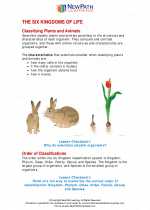
 Activity Lesson
Activity Lesson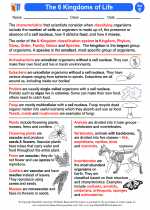
 Worksheet/Answer key
Worksheet/Answer key
 Worksheet/Answer key
Worksheet/Answer key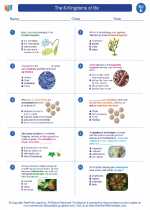
 Worksheet/Answer key
Worksheet/Answer key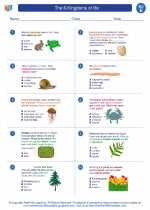
 Worksheet/Answer key
Worksheet/Answer key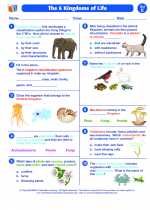
 Vocabulary/Answer key
Vocabulary/Answer key
 Vocabulary/Answer key
Vocabulary/Answer key
 Vocabulary/Answer key
Vocabulary/Answer key
 Vocabulary/Answer key
Vocabulary/Answer key
